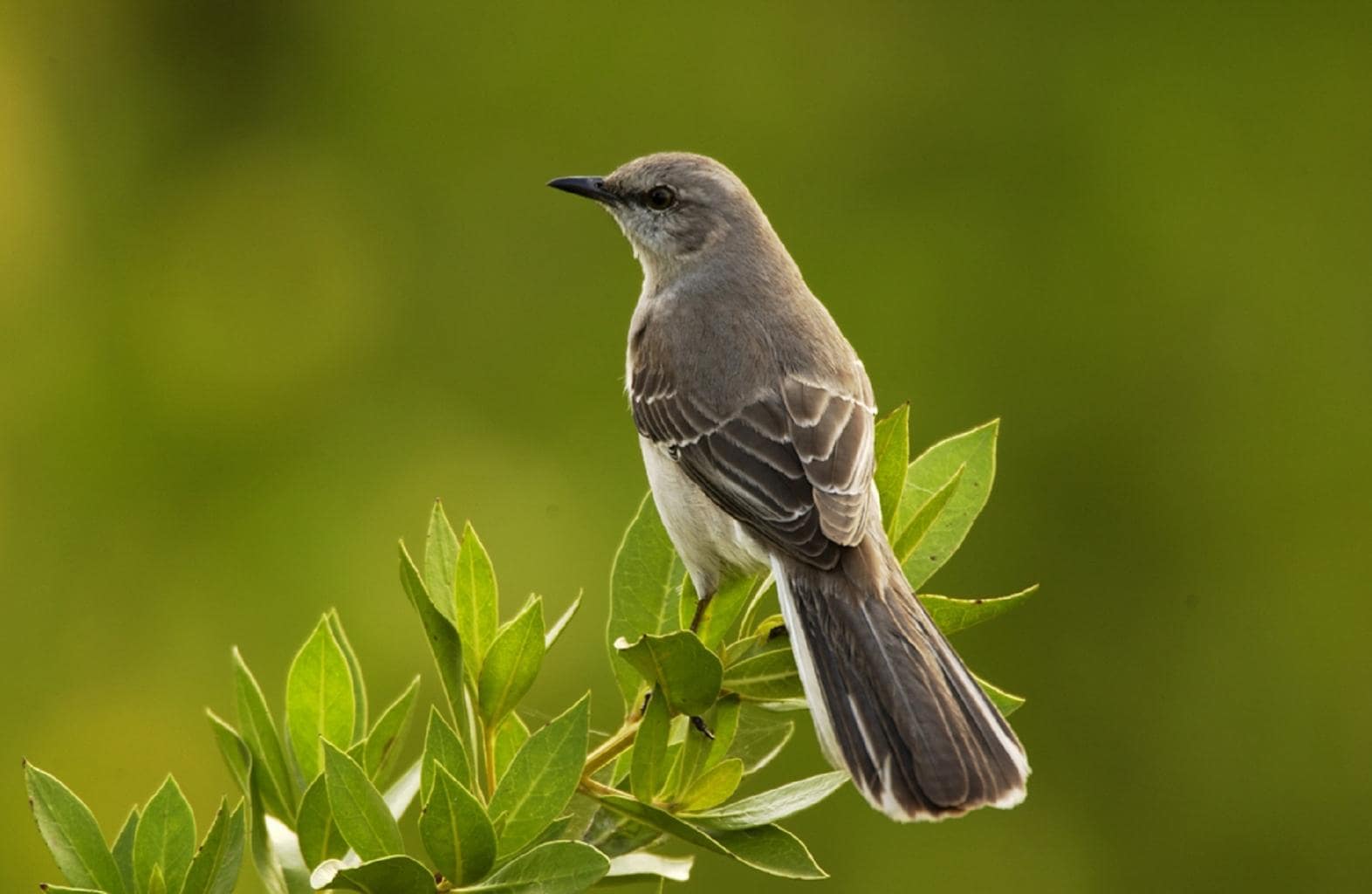Understanding Bird Names
Bird names come in two forms: scientific names and common names. Here's a short explanation of the differences to help you when identifying the birds that come to your backyard.

Scientific Names
Scientific names are what scientists use to recognize, and speak about, the species found in nature.
In theory, there is a unique name for each species. No two species can have the same name, and no name can be used for more than one species. In theory. Sometimes it happens that more than one name has been used for the same species. Scientists that study relationships between organisms, called taxonomists, then decide which name is the proper one for that species. They base those types of decisions on a set of rules agreed upon by scientists and published in the International Code of Zoological Nomenclature.
Scientific names have two parts. The system is termed "binomial nomenclature", meaning two-part names. The first part, always capitalized, is the genus name. This name reveals the relationship between this species and others. All species with the same genus are very closely related. Two species with different genus names may be closely related, but not as much as two with the same genus name.
The second part of the name, never capitalized, is the specific epitaph. It is generally used to describe some characteristic of the species, or to indicate where it was first found. Less commonly, it can be used to honor someone.
Normally, you will see the scientific name of a species included in parenthesis after the common name. For example, the Song Sparrow will be written as "Song Sparrow (Melospiza melodia)". That way you can be certain which species you are reading about. Also note that the scientific name is always italicized.
Examples
Let me give you some examples so this system will make a bit more sense.
The hawk known commonly as Cooper's Hawk has a scientific name of Accipiter cooperi. Accipiter refers to a group of hawks that are similar in appearance, while cooperi honors William Cooper who was one of the founders of what we now know as the New York Academy of Sciences in New York.
The Blue Jay has a scientific name of Cyanocitta cristata. In Latin, cristata means to be tufted or crested. Anyone familiar with the Blue Jay is familiar with its blue crest. Cyanocitta is a combination of the Greek words kuanos (which means dark blue) and kitta (which means jay). So Cyanocitta cristata means a dark blue jay with a crest.
The Carolina Chickadee is Poecile carolinensis and was named by John James Audubon while in South Carolina.
Higher Order Names
For anyone interested, the Genus and Species names are only part of a much larger hierarchy of names, which is used to distinguish all forms of life on Earth. The same system is used for organisms as diverse as bacteria up to Blue Whales. Here is the total tree structure, as currently recognized by scientists:
Domain
Kingdom
Phylum
Class
Order
Family
Genus
Species
The Northern Mockingbird (Mimus polyglottos), as an example, has the following tree structure:
Domain Eukarya
Kingdom Animalia
Phylum Chordata
Class Aves
Order Passeriformes
Family Mimidae
Genus Mimus
Species polyglottos
All birds have the same Domain, Kingdom, Phylum, and Class names. In fact, the word "Aves" means bird.
You will also sometimes see subdivisions of these. For example, under Family you can see Subfamily, Tribe, or Subtribe. Under Genus there is Subgenus, while under Species you often find Subspecies. When you see a scientific name that includes subspecies, it is written as a three-part name, also known as a trinomial. For example, the subspecies of Common Yellowthroat that occurs in the western part of Texas is called Geothlypis trichas chryseola.
Common Names
Common names are not typically as standardized as scientific names are. The reason is that people in some areas have names for a species that are used locally, but not used by people outside of that area. So, if you travelled to another part of the country, people there might not understand which bird you are talking about if the common name you use is not universally accepted. To get around this ambiguity, the American Ornithologists Union (AOU) years ago standardized the common names for all birds in North America. (As a side note, the AOU changed its name recently and is now called the American Ornithological Society (AOS)). These standard common names are generally capitalized, so you would know Yellow Warbler as a certain species, whereas yellow warbler could apply to any of several warblers that are mostly yellow. Other major groups, like plants, don't have an organization that has standardized the common names.